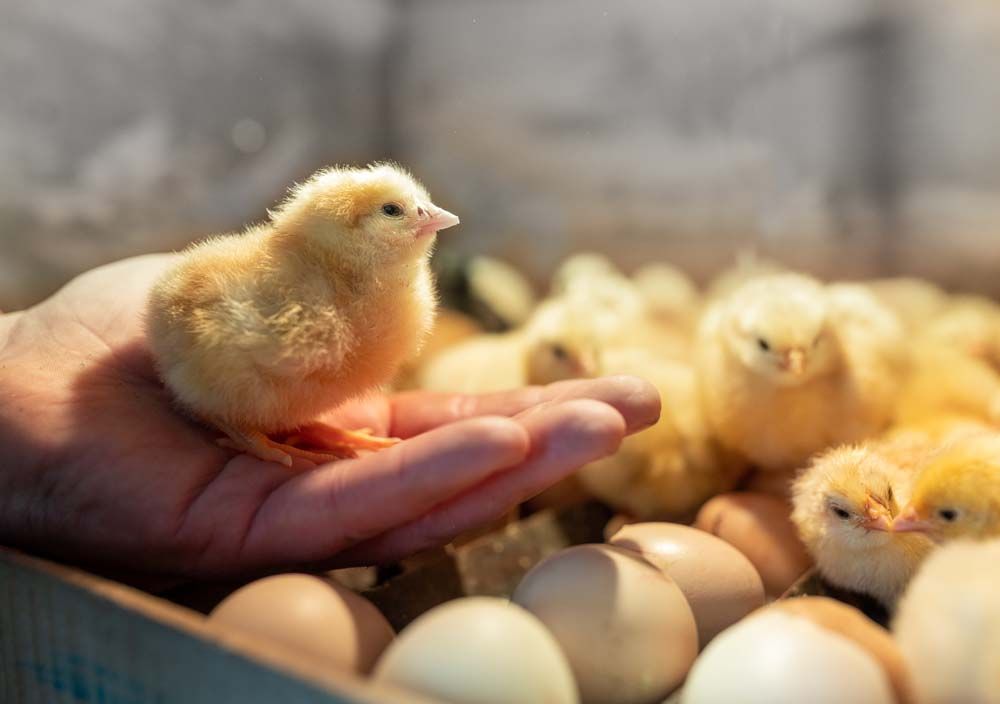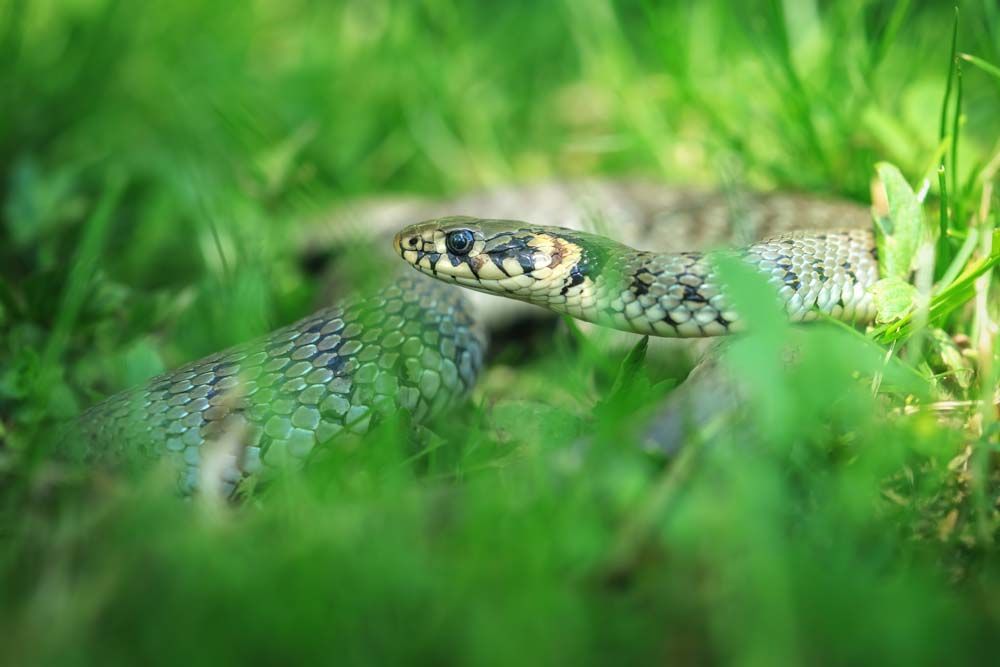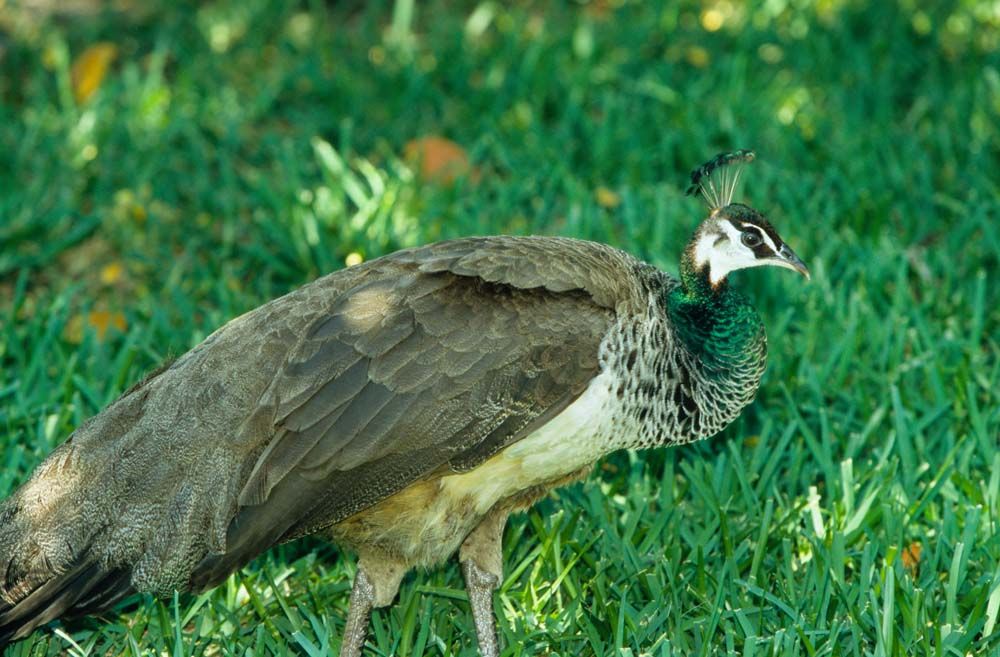Incubators and Their Differences


Incubating eggs can be a great project for both beginners and poultry pros—you get to witness the development of life right in front of your eyes. But all those different incubator models!
Let’s review what they do. Simply put, they control the environment to make it favorable for the embryo to develop.
The environment factors they control are made simple to remember by the acronym T.H.A.T. Temperature, Humidity, Air Flow, and Turning.
- Temperature—needs to be kept at 99.5°
- Humidity—should be at 50-60% during incubation and 60-70% during hatch period
- Air Flow—Eggs are porous and the embryo needs oxygen to thrive. A good incubator’s air flow decreases hotspots and increases oxygen in the incubator.
- Turning—Most incubators come with auto-turners because you have to turn your eggs a minimum of three times a day to prevent the developing embryo from sticking to the side. The best results actually come from turning your eggs once an hour, and you must stop turning during the last three days of incubation.
Start simply, move up
So, why are there so many incubators? As with most hobbies, price is always a consideration. Sellers want to give the beginner options at low prices and higher-priced precision incubators for more experienced customers.
With higher price tags comes accuracy and automation. High-end models offer the most features like automatic turning, precision temperature control, and automatic humidification. All this helps you to be successful without having to intervene.
Necessary accessories
There are also a myriad of accessory products aimed at incubating. I only recommend a couple of them.
The first is a candler. This allows you to really look at the developing embryo and be a part of the process. You will see the veins develop and turn into the embryo—the magic of the process! Even if you don’t buy a candler (some people DIY it with a flashlight), don’t skip candling your eggs.
The second accessory I recommend is a simple thermometer placed right at egg level so you can see the temperature where it matters most. It will also help you troubleshoot if your incubator starts to malfunction.
Learn more
See Stromberg’s incubators: strombergschickens.com/poultry-supplies/incubators-brooders
Tags:Poultry Lifestyle

Acreage Life is part of the Catalyst Communications Network publication family.













